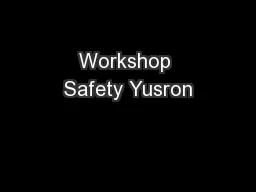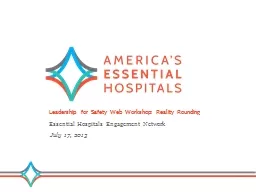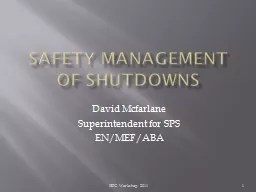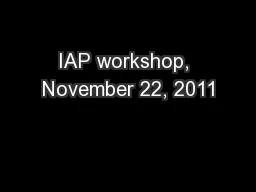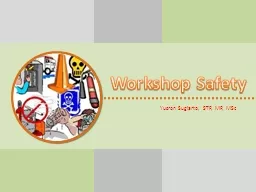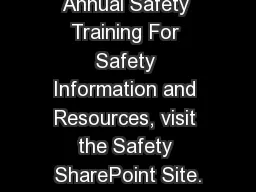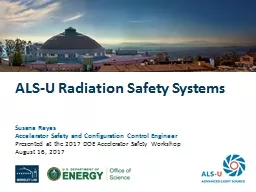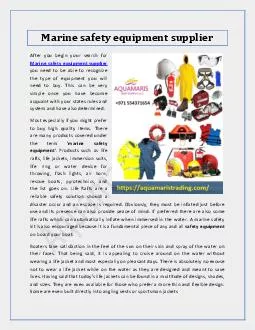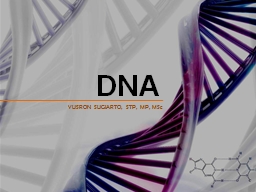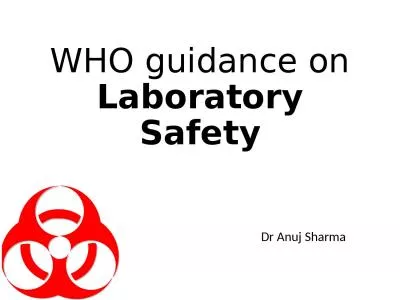PPT-Workshop Safety Yusron
Author : jane-oiler | Published Date : 2018-10-07
Sugiarto STP MP MSc BACKGROUND Almost everyone working in a workshop has at some stage in his or her career suffered an injury requiring some kind of treatment
Presentation Embed Code
Download Presentation
Download Presentation The PPT/PDF document "Workshop Safety Yusron" is the property of its rightful owner. Permission is granted to download and print the materials on this website for personal, non-commercial use only, and to display it on your personal computer provided you do not modify the materials and that you retain all copyright notices contained in the materials. By downloading content from our website, you accept the terms of this agreement.
Workshop Safety Yusron: Transcript
Download Rules Of Document
"Workshop Safety Yusron"The content belongs to its owner. You may download and print it for personal use, without modification, and keep all copyright notices. By downloading, you agree to these terms.
Related Documents

